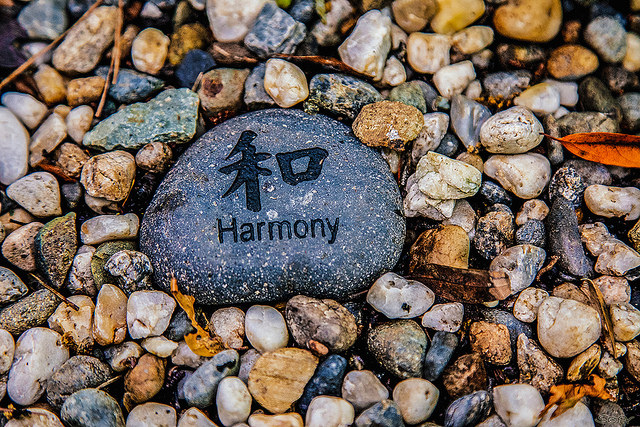High performance is the strongest desire of every CEO. High performance requires high-performance leadership. High-performance leadership is built on a foundation of excellence and a framework of harmony.
Too often, executive leaders at startup tech companies try to build a foundation of harmony in order to achieve operational excellence. This is a mistake. They fill their office space with ping pong tables, video game machines, snack rooms, kegerators and creature comforts as a means to appear competitive with Google-style employment perks and to lure top recruits. They attempt to compete on a basis of social harmony and having an awesome “culture” without actually having spent any deep thinking time on culture and the practices that drive outstanding business performance. They’ve mistakenly prioritized social harmony over disciplined, measured operational excellence.
No one is saying that harmony isn’t important — only that it’s impossible without operational excellence as its foundation. Both excellence and harmony are important for high performance. Excellence is of first importance; there can be no harmony without excellence. If performance and results are where you want them, then sure, I am all in favor of ping-pong tables, laser tag and sleeping pods.
My advice to CEOs and executive leaders: Build a performance-based culture of excellence around performance drivers, KPI’s, measurable outcomes. Build a meritocracy where people get as much responsibility as they can handle on the basis of true merit: ownership, accountability, execution and results. This is the foundation of operational excellence.
Harmony is about creating the environment for direct, honest and open dialogue about the things that matter: trust, commitment, results. It’s about having adult conversations about performance metrics and holding each other accountable. Harmony is not the same as avoiding conflict; rather, it’s about engaging in meaningful, productive outcomes and solutions-driven discourse. This is high-productivity harmony.
Patrick Lencioni’s The Five Dysfunctions of a Team provides a great model for building this kind of harmony around excellence. He pinpoints several dysfunctions that prevent a team from achieving excellence, including lack of trust, avoidance of accountability, inattention to results, and, perhaps most importantly, fear of conflict — which is to say, when employees avoid conflict and create artificial harmony by going along with others’ decisions indiscriminately — the results they achieve will be lacking and the team as a whole suffers.
When your employees are driven by excellence in their standards, by excellence in their craft, by excellence in the rigorous disciplines required for disintermediation of an entire industry, then, and only then, can you have harmony from the top down and from the bottom up in professional life. Moreover, you will have a culture of excellence where employees can trust and rely on each other. They don’t have to worry whether their teammates will come through. They don’t clash over poorly executed projects. Rather, a focus on excellence magnifies the definiteness of purpose and accelerates productive collaboration on a team. This creates the kind of environment that magnifies everyone’s fire in the belly and a team spirit that the most capable of champions want to be a part of.
(Operational) Excellence + (Productive) Harmony = High Performance Leadership
In the Harvard Business review, Matthew Lieberman points to James Zenger’s research indicating that “results focus” and “social skills” are actually two different parts of the brain — and that these two parts of the brain never work at the same time.
“These two networks function like a neural seesaw,” Lieberman writes. “In countless neuroimaging studies, the more one of these networks got more active, the more the other one got quieter. Although there are some exceptions, in general, engaging in one of the kinds of thinking makes it harder to engage in the other kind.”
Yet leaders who were exclusively results-focused or exclusively social-focused both received poor approval ratings from their subordinates. Those who combined both skills were rated as great leaders a staggering 72% of the time. Great leaders are those who can effectively seesaw between the two parts of their brain that contribute to excellence and winning as a team.
Ultimately, it is a commitment to both excellence and harmony, with the priority on excellence,that creates high performance. Playing full out, measuring, learning and adapting creates the kind of high performance execution that everyone wants to be a part of — because culture is everything. This fulfills not only the strongest desire of the CEO, but also the Board, investors, customers and stakeholders. This kind of high-performance leadership creates an indomitable culture that wins championships and creates the lasting impact of legends.



